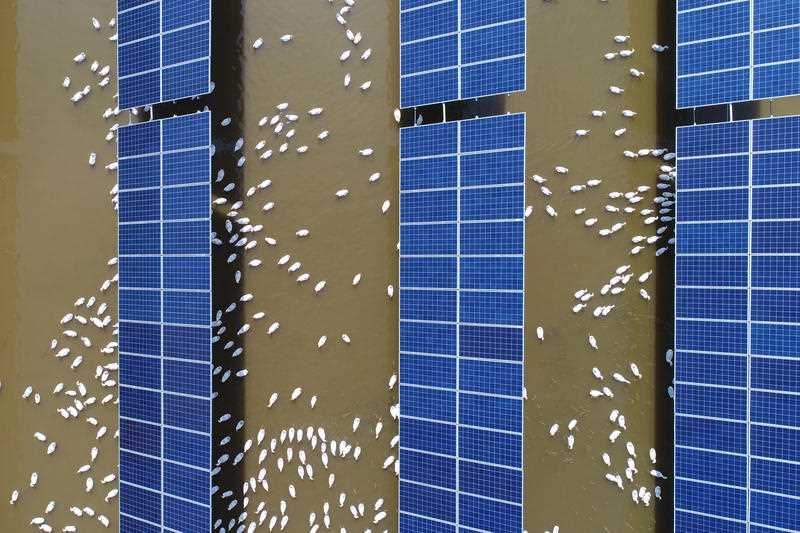
Just as in almost every other industry these days, it pays to keep a close eye on what happens in the Middle Kingdom.
China is the world’s largest manufacturer of solar panels. Six of the ten largest manufacturers are Chinese, the largest being Jinko Solar which shipped almost 10GW of panels globally in 2016.
The Chinese industry is government-supported. Cheap loans encouraged the manufacturers, and Feed In Tariffs (especially in the sparsely-settled west of China) encouraged large volumes of grid-scale installations. By 2013 China passed Germany as the largest solar market; in 2017 53GW were installed domestically.
But solar markets are extremely sensitive to government support. Small changes in FITs mean significant changes in the economics of individual projects, leading to large changes in installed volumes (known as the “solarcoaster”). Just as subsidies can quickly build the market up, their withdrawal can tear it down.
So it pays to watch developments in the Chinese market. On June 1st this happened with a particularly pointed lurch when Chinese authorities, with almost no notice, limited which new solar installations qualified for FITs, causing the shares of Jinko and some of its peers in China to tank, along with overseas competitors (such as First Solar, one of America’s biggest solar suppliers).
Analysts such as Benjamin Attia of Wood Mackenzie, an energy consultancy, think that at least 20GW of solar projects previously expected to be built in China in 2018 will now be scrapped. As demand slumps, they predict Chinese panel prices will fall by at least a third.
Depending on how quickly the price falls encourage uptake of solar in other markets, this may be the first year since 2000 that the solar industry pauses on a global basis.
China’s decision to remove FITs follows an increase to about US$15bn last year in the deficit in the subsidy fund for developers; closing the deficit would have strained the Chinese government finances. As a result of the deficit, solar developers were not getting the subsidies they were owed.
Which alone had started to chill the solar market – cash is worth much more than promises. The market shift may speed up vertical integration in the solar industry in China, bringing the four main manufacturing components together, polysilicon ingots, wafers, cells and panels, as at Jinko already.
The Chinese clampdown comes when the solar industry globally is increasingly able to compete directly on price (LCOE) with conventional sources of power generation, such as coal, natural gas and nuclear. Countries globally have drastically slashed FITs.
China provides an indication of the likely future path, which is that FITs may be disappearing but other alternatives are taking their place.
Paolo Frankl of the International Energy Agency points out that China has recently begun to experiment with reverse auctions in which solar developers that offer to build and run projects most cheaply win (the price they bid is what applies in long-term power-purchase agreements (PPAs) for their generated energy).
This is the method used spectacularly well in the ACT renewables auction, and in the upcoming Victorian. The Chinese program is called “Top runner” and if successful will likely be significantly expanded – no doubt the solarcoaster will rise out of its current Chinese slump, perhaps as soon as 2019.
Bad news for the planet, no doubt (reduced solar installations means increased global emissions). But there’s a silver lining for us.
The Trump administration in January imposed 30% tariffs on Chinese solar manufacturers, meaning a lot of Chinese product is available for the rest of the world, further reducing the likely 30% fall in Chinese solar panel prices from the China slump.
Expect further dramatic solar cost reductions soon.







